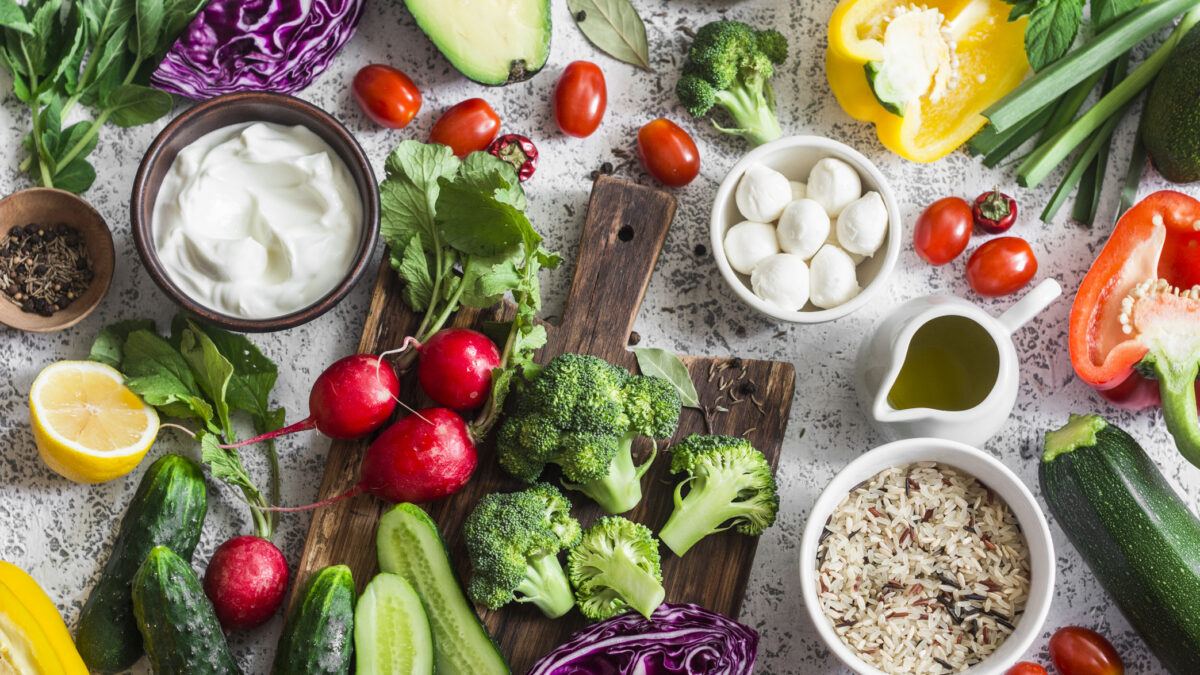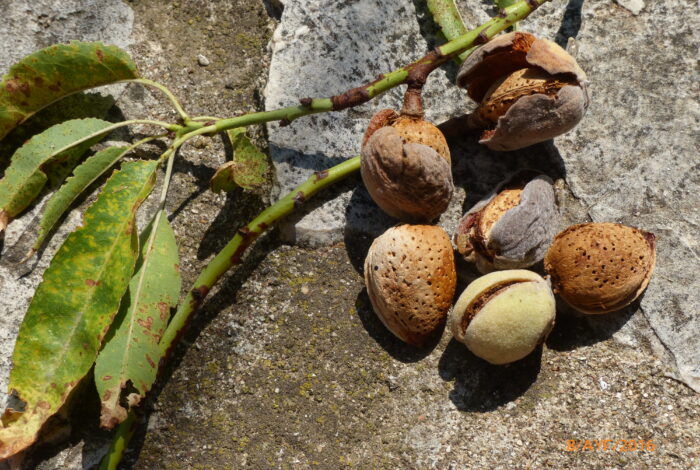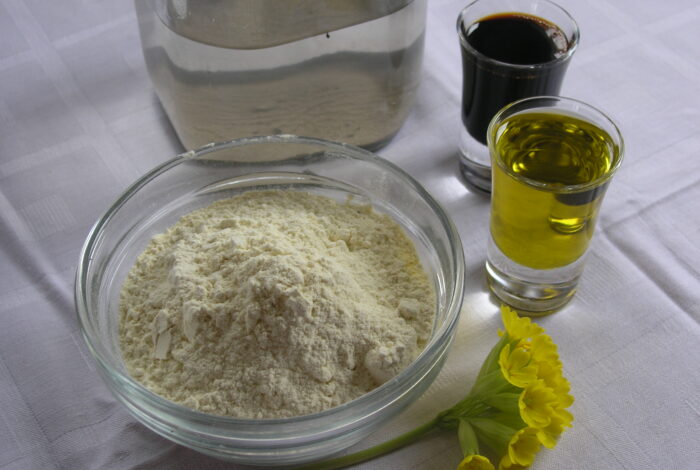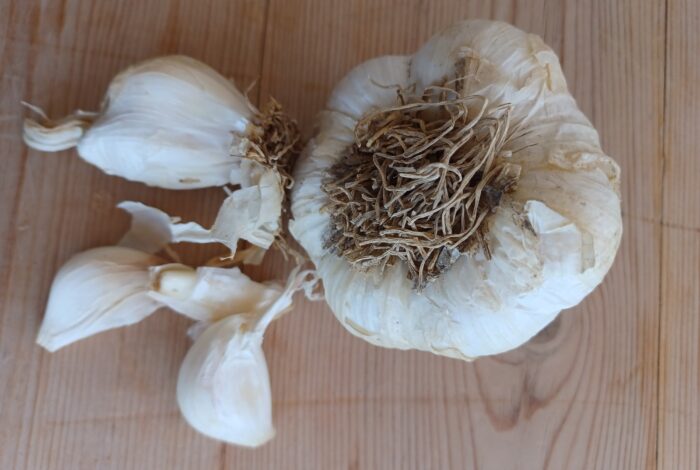The Mediterranean diet and the monastic diet observed within the Greek Orthodox Church are two traditional dietary patterns focused on the consumption of natural, wholesome foods. Despite their shared principles, there are differences arising from cultural and geographical influences.
The Mediterranean diet brings together the culinary traditions of various cultures, while the monastic diet, often referring to that of Mount Athos, adheres to the strict religious rules and dietary practices associated with monastic life.
The first thing the two dietary systems have in common is their foundation: fresh, natural, seasonal products. Both diets focus on consuming fruits, vegetables, grains and legumes, foods rich in nutrients and dietary fiber. Olive oil is central to both, and both diets are generally low in processed foods and meat, favouring fish and seafood. They are rich in antioxidants and other nutrients that promote good health and long-term wellbeing.
A key difference between the Mediterranean and monastic diets is in their cultural and religious context. The former has evolved within the cultures of the Mediterranean peoples, influenced by a variety of traditions and cooking methods. Depending on the region, it also incorporates a wider array of foods. Meat, especially that of sheep and goats, is consumed in moderation. In contrast, the monastic diet strictly limits meat due to religious rules and long fasting periods. Monks mainly consume seafood and fish – and only on certain days. Dairy products are more prevalent in the Mediterranean diet, with staple dishes like feta cheese and yogurt. In the monastic diet, however, dairy is largely avoided during fasting and replaced with foods that comply with abstinence rules.
The diets also differ in more fundamental respects, such as the number of meals per day. The Mediterranean diet advocates for five meals daily, while the monastic diet permits only two.
Both diets share the goal of promoting health and emphasising the use of pure, natural ingredients. However, they differ in their cultural origins, religious influences and consumption; the Mediterranean diet is more flexible and associated with hospitality than the monastic diet, which is characterised by discipline and spiritual reflection. The former combines social interaction with cuisine, while the second focuses on spirituality and monastic life. Nevertheless, both are highly nutritious and reinforce the values of tradition and healthy living.










